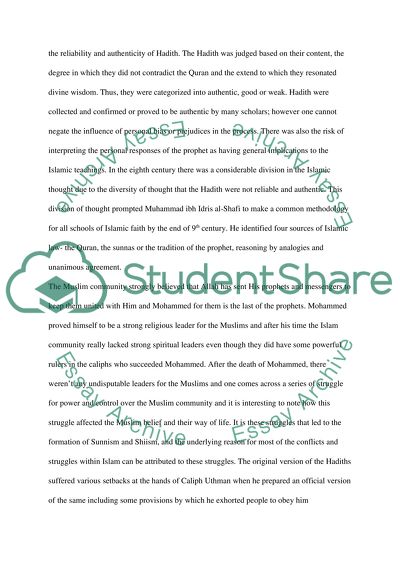Cite this document
(“Islamic Studies Essay Example | Topics and Well Written Essays - 2000 words”, n.d.)
Islamic Studies Essay Example | Topics and Well Written Essays - 2000 words. Retrieved from https://studentshare.org/miscellaneous/1523636-islamic-studies
Islamic Studies Essay Example | Topics and Well Written Essays - 2000 words. Retrieved from https://studentshare.org/miscellaneous/1523636-islamic-studies
(Islamic Studies Essay Example | Topics and Well Written Essays - 2000 Words)
Islamic Studies Essay Example | Topics and Well Written Essays - 2000 Words. https://studentshare.org/miscellaneous/1523636-islamic-studies.
Islamic Studies Essay Example | Topics and Well Written Essays - 2000 Words. https://studentshare.org/miscellaneous/1523636-islamic-studies.
“Islamic Studies Essay Example | Topics and Well Written Essays - 2000 Words”, n.d. https://studentshare.org/miscellaneous/1523636-islamic-studies.


